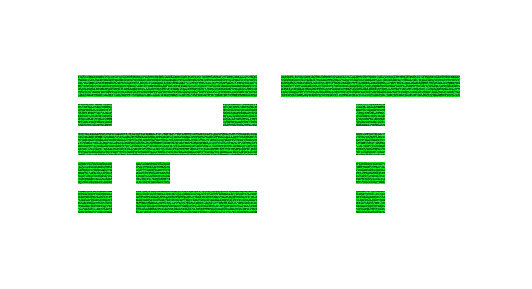1 | Lighting the Rocket
On July 20, 1969, 600 million people watched Neil Armstrong step onto lunar dust. Behind that “one small step” was a technological marvel the size of a lunchbox: the Apollo Guidance Computer (AGC). With a mere 64 kilobytes of memory—less than one low-res selfie—it performed the real-time math that aimed the Saturn V, aligned the spacecraft, and whispered “You are go for landing.” It is, pound for pound, one of the greatest feats of American ingenuity.
2 | The AGC by the Numbers
| Metric | Why It’s Mind-Blowing |
|---|---|
| Clock Speed: 1.024 MHz | Your smartwatch runs ~300× faster, yet the AGC guided humans 240,000 miles away. |
| Instruction Rate: ≈ 85,000 ops/sec | Calculated position & velocity 40 times per second—enough to keep a lunar lander upright on engine thrust alone. |
| Memory: 2 KB RAM + 36 KB rope ROM | The RAM could hold half a PDF page; the ROM was hand-sewn by Raytheon seamstresses. |
| IC Count: 5,600 Fairchild silicon chips | First mass-produced integrated-circuit project in history—kick-starting Silicon Valley. |
| Power Draw: ≈ 55 W | About the same as a household lightbulb—efficient enough for spaceflight. |
| Interface: DSKY keypad & 3-line display | Astronauts “chatted” with the computer using two-digit verbs and nouns. |
Rope memory deserves its own banner: To store software permanently, technicians threaded copper wires through magnetic cores—wire = “1”, skip = “0”. That loom-like process was so reliable that the AGC never crashed in flight.
3 | A Coast-to-Coast Effort Worth Cheering
- 400,000 Americans, 26 states – From MIT coders in Massachusetts to welders in California, Apollo was the ultimate national team project.
- Mission Control in Houston – Texan voices (“The Eagle has landed”) became the heartbeat of lunar exploration.
- Women at the Core – Margaret Hamilton coined software engineering and led the code team; Raytheon’s all-female “Little Old Ladies” literally wove the programs.
- Cold-War Victory Lap – Planting Old Glory on Tranquility Base answered the Space Race once and for all.
4 | Moments of American Brilliance
- The 1201/1202 Alarms – During final descent, the AGC threw overflow alarms but coolly re-scheduled tasks on the fly, proving the power of real-time operating systems.
- Manual/Auto Harmony – Astronauts could override or nudge the AGC mid-burn, a human-machine symbiosis decades ahead of its time.
- One-Shot Reliability – No second chances in lunar orbit; the AGC’s hardware survived radiation, vacuum, and temperature swings without a single in-flight replacement.
5 | Legacy That Still Echoes
- Real-Time OS Design – Concepts like priority scheduling and watchdog timers underpin everything from pacemakers to Mars rovers.
- IC Mass Production – Apollo’s demand cut chip prices by 90 percent, sparking the personal-computer revolution.
- STEM Inspiration – Generations of engineers trace their calling to grainy Apollo broadcasts and that blinking DSKY.
6 | Final Fireworks
As you watch today’s fireworks crackle across the night sky, remember that half a century ago American minds sent a hand-woven, 64 KB computer 240,000 miles farther—then brought everyone home. The AGC is a testament to what this nation can do when courage, craftsmanship, and computing power line up behind a common purpose.
Happy Independence Day, and God bless the United States of America!

